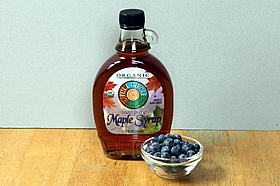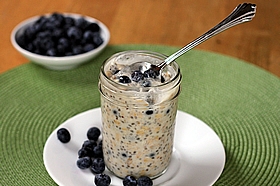Choosing Cesarean - A Natural Birth Plan
by Dr. Magnus Murphy, MD
& Pauline Hull
& Pauline Hull
Should I Choose to have a Cesarean Section?
If you are pregnant, or contemplating pregnancy and not sure what the deal is with elective cesarean - read on…
You may have heard the derogatory "too posh to push" blanket condemnation of women who choose to have their babies born by cesarean birth. However, you almost certainly have NOT heard the whole story, or even the true story. I can guarantee you that if you dig deeper and research this - that at the very least, you will start to think differently and may even question your previous firmly held opinions. Since although it may be true that most women today would not choose a cesarean birth, it is also true that more and more women do.There are many good reasons for this - in spite of the erroneous special interest lobbies and the media driven agenda of marginalizing and vilifying women who dare choose an alternative for themselves and their babies than what is perceived as 'natural', 'safe' and 'better'. In fact, there is strong evidence that we have indeed passed the point already where planned elective cesarean as a birth plan, is a safer choice for a woman and her unborn baby, than planned vaginal delivery.
Choosing Cesarean - A Natural Birth Plan
I have joined forces with Mrs. Pauline McDonagh Hull to write the book: Choosing Cesarean; A Natural Birth Plan, to answer this need. More than three years in the making, this book will be published by Prometheus Books of New York and is scheduled for worldwide release in January 2012. In it, we investigate every aspect of the debate regarding planned cesarean vs. planned vaginal delivery, from the safety of mother and baby, ethical questions, economic realities, and questions about choice and informed consent.In the book: Choosing Cesarean; A Natural Birth Plan we discuss worldwide trends in birth and how politics and vested interests and belief paradigms influence the birth experience of many women today. The risks of cesarean is clearly discussed in a dedicated chapter, so we are not glossing that over, but we do clearly demonstrate how the mantle of safety that so-called 'natural' childbirth has enjoyed till now, and which continues to be vigorously defended by vested interest groups, in fact, has to be shared (at the very least) with planned elective cesarean birth in today's First World.
About the Authors
I am a practicing urogynecologist and clinical assistant professor in obstetrics and gynecology at the University of Calgary, in Alberta, Canada. After many years of practicing general obstetrics and gynecology I decided to dedicate my professional life towards helping women with prolapse and incontinence, which are conditions commonly associated with vaginal childbirth.Mrs. McDonagh Hull is an investigative journalist located in London, UK.
As the time for publication nears this website will be updated with new features and information, so check back often. The plan is to start a blog here, to enable comments and discussion.
In the meantime, please visit: www.pelvicfloor.com or the Facebook group page: Defending Cesarean.
And please tell your friends to visit.
Yours sincerely,
Magnus Murphy MD
Calgary, Alberta, Canada
Magnus Murphy MD
Calgary, Alberta, Canada
I really have nothing to say. I'm completely stunned that a book like this would be published. C-sections are not natural nor are multiple sections safe. This book is just promoting a lie that sections are safe. Despite any warnings that are in the book. Promoting a book like this is doing harm to any kind of natural birth movements. Also helping to ruin the Best for Baby movements as well.
All I can hope for this book is that is withdrawn and disappears forever.



































